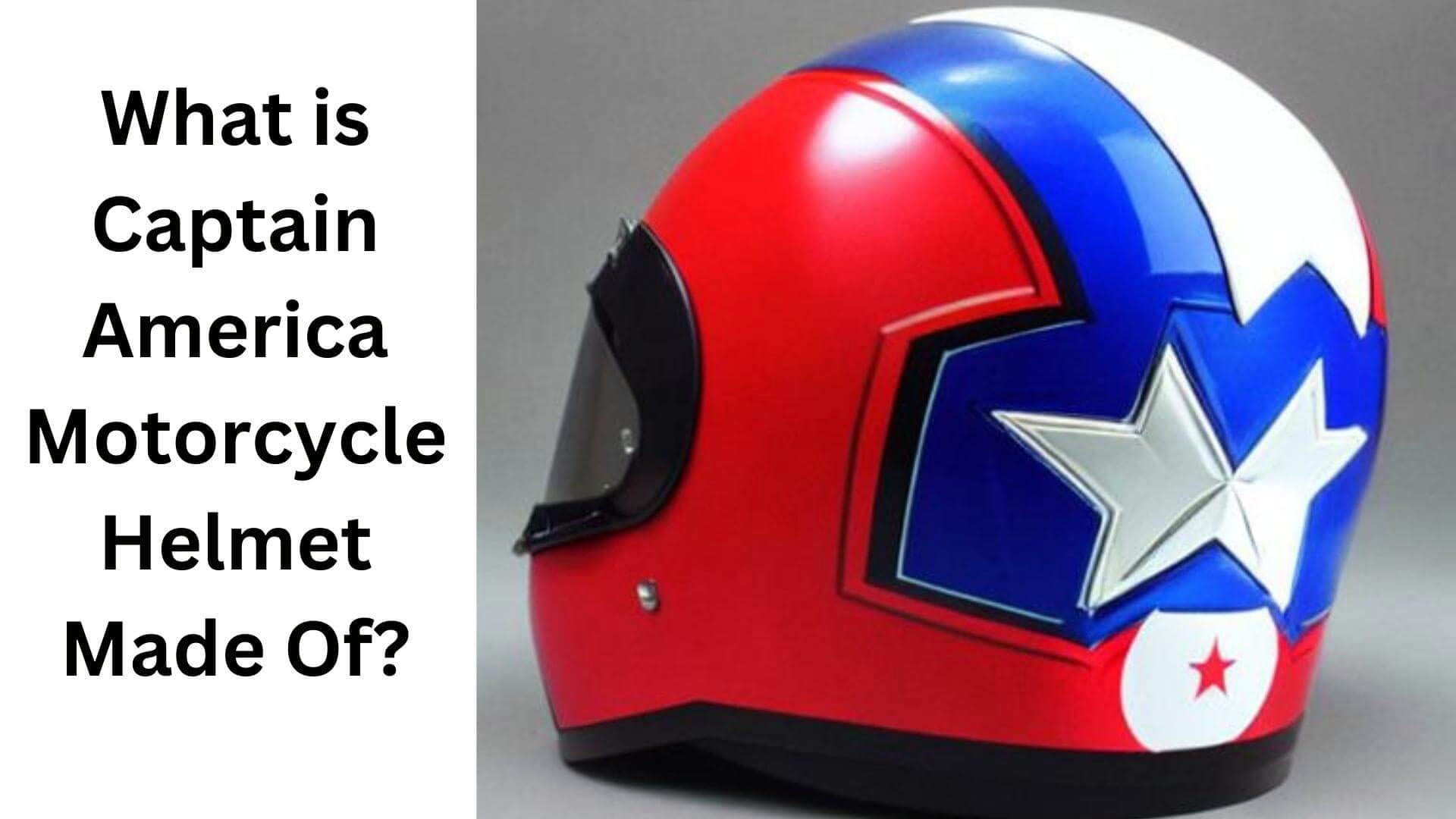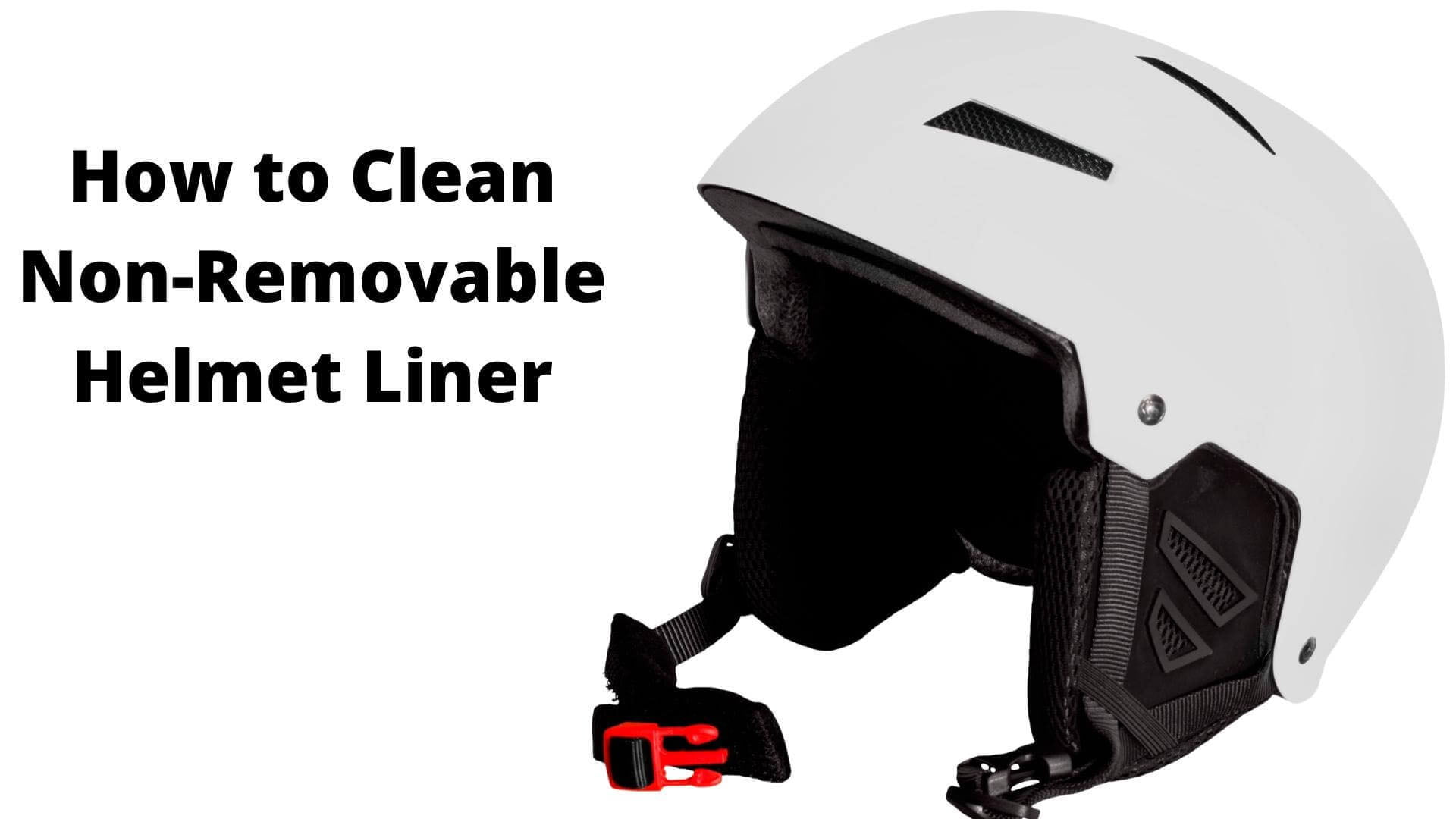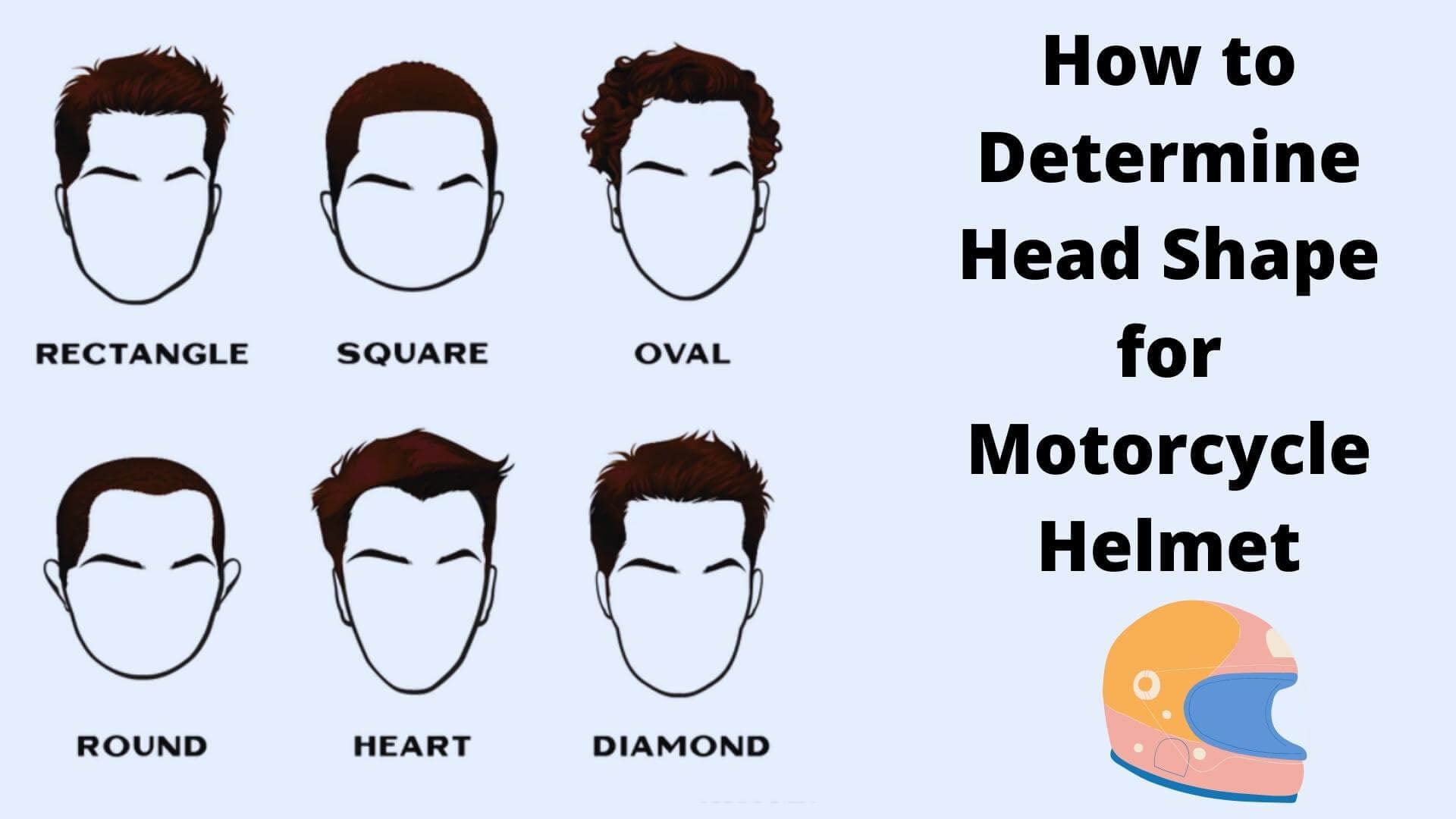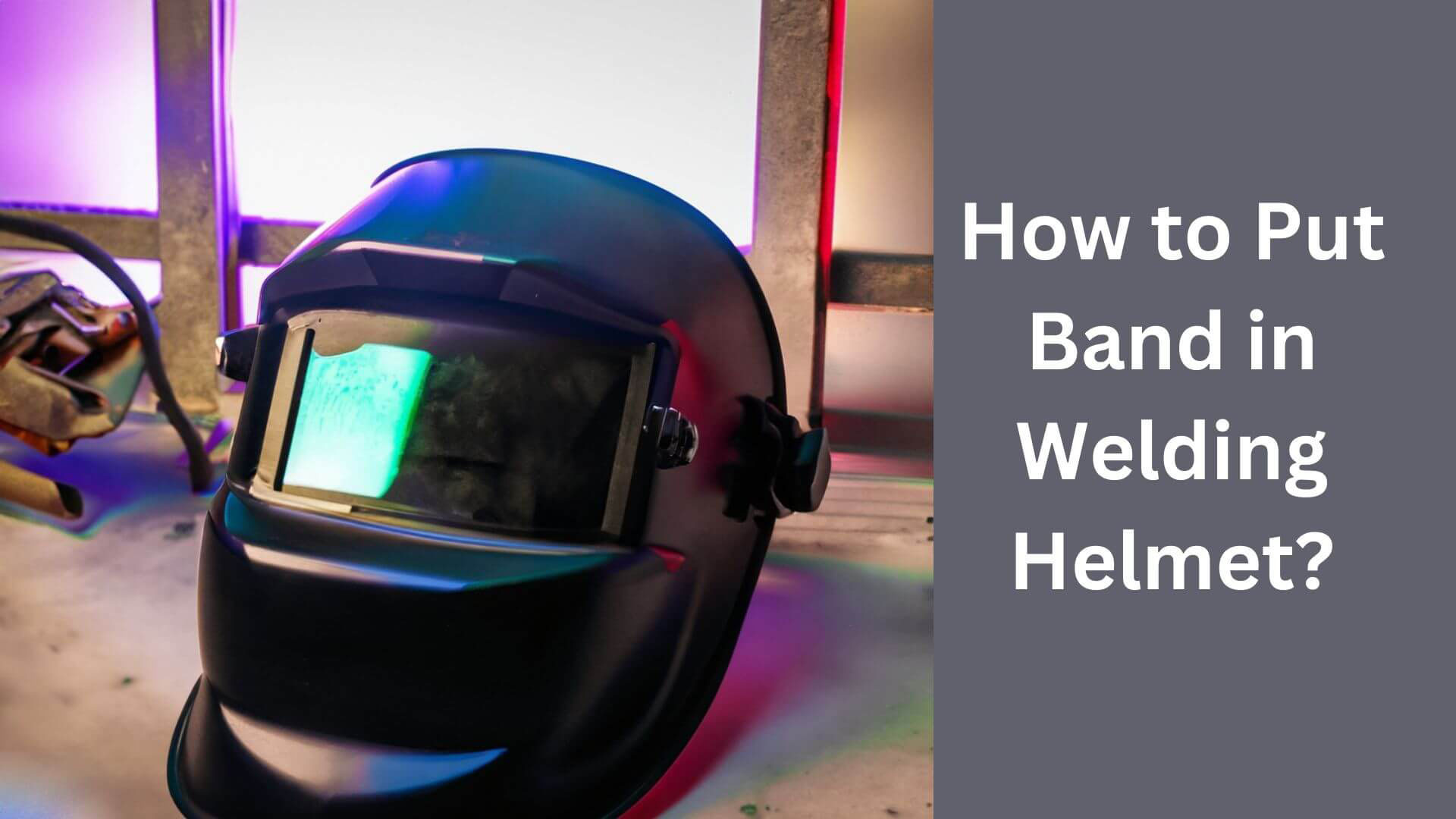How Dangerous Is Riding BMX Without a Helmet?
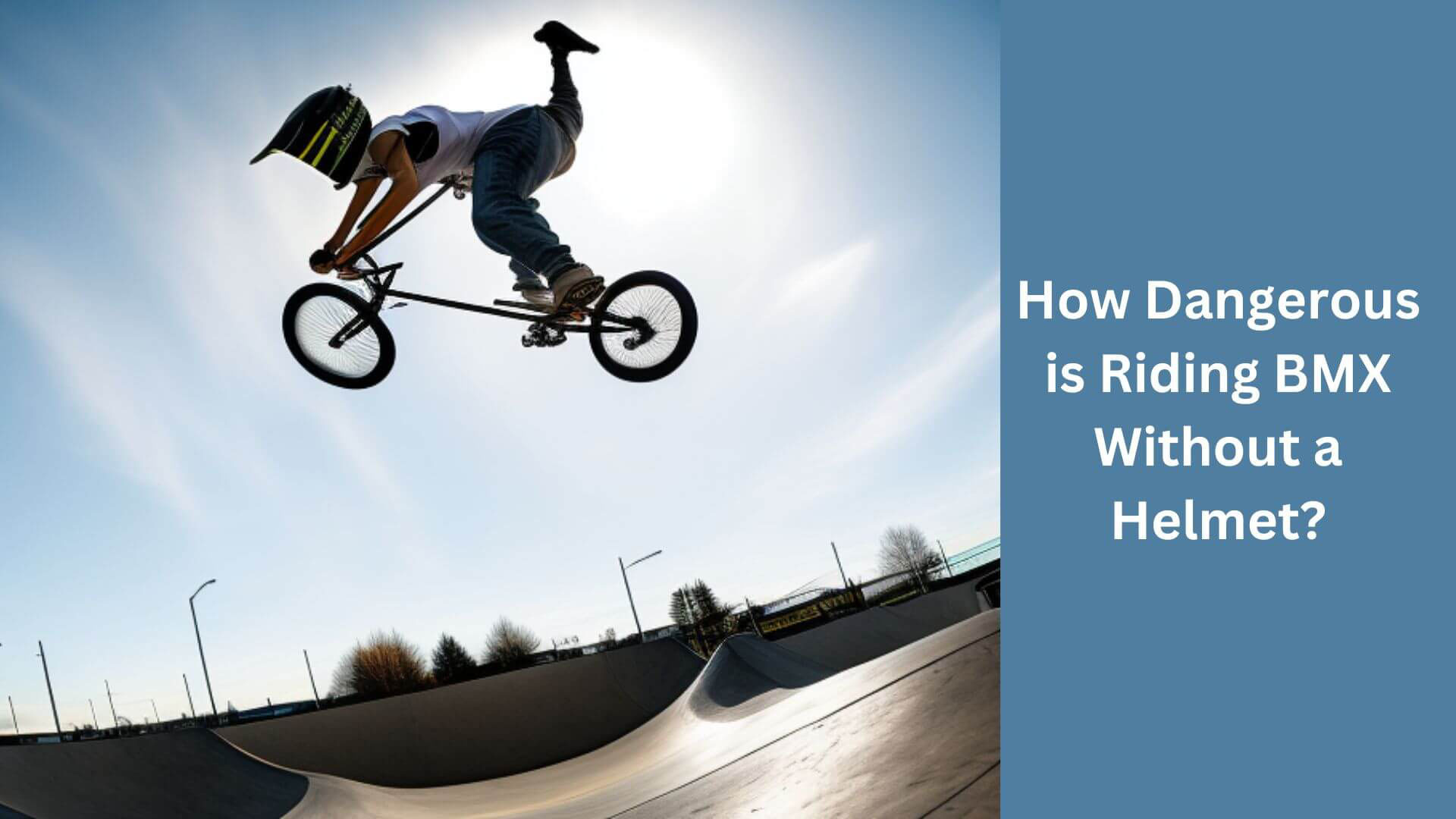
BMX is a popular extreme sport that involves riding on a specially designed bike and performing stunts. Although BMX can be thrilling and exhilarating, many people ask how dangerous riding BMX without a helmet.
Riding BMX without a helmet is not safe for the average bike rider or amateur BMX rider. A helmet can protect against specific head injuries, such as skull fractures and concussions, which can be life-altering or fatal.
A helmet can also reduce the odds of a fatal head injury by almost 70%. However, a helmet does not eliminate the risk of injury entirely, and it is no substitute for safer streets and more mindful drivers.
Some riders may choose to ride without a helmet for various reasons, such as comfort, style, or personal preference, but they should be aware of the potential consequences and respect the rules of the road.
Riding BMX without a helmet is a personal choice, but not a wise one. In this article, I will explore the dangers of riding BMX without a helmet and the consequences of not taking safety seriously.
Why Wearing a Helmet is Important When Riding BMX?
Wearing a helmet when riding BMX is crucial for several reasons, including:
- Protection: A helmet provides essential protection for your head and brain in the event of an accident or fall.
- Comfort: Modern helmets are designed to be comfortable and lightweight, making them easy to wear for extended periods.
- Compliance: In many areas, wearing a helmet is required by law when riding BMX or participating in other high-risk activities.
Check Also: Best Bidget BMX Helmets With Discount.
The Risks of Riding BMX Without a Helmet
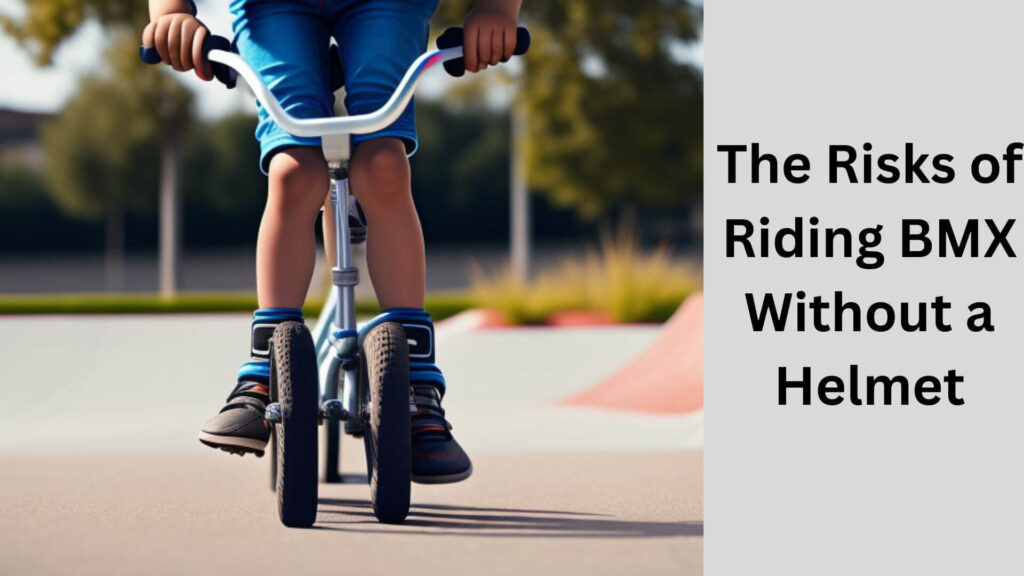
Riding BMX without a helmet can be incredibly dangerous and can lead to severe injuries, including:
- Head Trauma: Without a helmet, your head is entirely unprotected in the event of a fall or accident. Head injuries can range from mild concussions to severe traumatic brain injuries that can have lifelong consequences.
- Facial Injuries: In addition to head injuries, riding BMX without a helmet can also lead to facial injuries such as broken teeth, jaw fractures, and facial lacerations.
- Neck Injuries: In the event of a fall or accident, the lack of a helmet can cause whiplash or neck injuries.
Consequences of Not Wearing a Helmet While Riding BMX:
The consequences of not wearing a helmet while riding BMX can be severe and long-lasting, including
- Permanent Brain Damage: Traumatic brain injuries can cause permanent brain damage, resulting in memory loss, cognitive impairment, and other neurological deficits.
- Loss of Mobility: Severe injuries can cause permanent disability or loss of mobility, making it difficult or impossible to perform basic tasks or enjoy the activities you love.
- Financial Burden: Hospital bills, medical treatments, and ongoing rehabilitation can quickly add up, leading to significant financial stress and burden.
Read More: How to Clean a BMX Helmet
How Can A Helmet Protect You From Head Injuries And Reduce The Odds Of A Fatal Accident?
Here are some points explaining how a helmet can protect you from head injuries and reduce the odds of a fatal accident:
- Cushioning: A helmet can provide a cushion between your head and any hard surfaces that you may collide with during an accident.
The cushioning helps to absorb some of the impacts, reducing the risk of traumatic brain injuries, skull fractures, and other head injuries.
- Brain protection: The helmet can also protect the brain from severe injuries that can cause permanent disability or death.
By reducing the risk of head injuries, a helmet can help you stay conscious and avoid losing control of your bike during an accident, increasing your chances of survival.
- Encourages safe riding: Wearing a helmet can encourage safe and responsible riding by setting a good example for other riders and reinforcing the importance of safety.
It is important to note that a helmet is not a guarantee of safety, and riders should still take all necessary precautions to minimize the risks of accidents and injuries.
- Certification: A good-quality helmet should have a certification indicating that it has been tested and approved by relevant authorities.
Such helmets meet certain standards of safety and can provide better protection in case of an accident.
- Proper fit: A helmet that fits properly can help protect your head and reduce the risk of injuries.
Make sure to choose a helmet that fits snugly on your head without being too tight or too loose. A poorly fitting helmet may not provide adequate protection during an accident.
- Style: While style may not directly impact the level of protection that a helmet provides, choosing a helmet that you like and feel comfortable wearing can encourage you to wear it more often.
A helmet that you find uncomfortable or unappealing may discourage you from wearing it, even if it is necessary for your safety.
In summary, wearing a helmet can protect your head and reduce the risk of injuries and fatal accidents. It is important to choose a helmet that fits properly, has a certification, and is comfortable and appealing to encourage consistent use.
Read More: Why Are BMX Helmets Different?
How to Choose the Right Helmet for BMX Riding?
When choosing a helmet for BMX riding, there are several factors to consider, including:
- Fit: A well-fitting helmet should be snug, but not excessively tight. It should also sit level on your head and not shift or move around.
- Certification: Look for helmets that have been certified by organizations such as the Consumer Product Safety Commission (CPSC) or the American National Standards Institute (ANSI).
- Style: There are several helmet styles to choose from, including full-face, half-shell, and traditional bike helmets.
What Are the Pros and Cons of Riding Bmx Without a Helmet?
Here is a table outlining the pros and cons of riding BMX without a helmet:
| Pros of riding BMX without a helmet | Cons of riding BMX without a helmet |
| – Feeling of freedom and independence | – High risk of head injuries |
| – Ability to perform tricks more easily due to lack of helmet weight | – Increased risk of traumatic brain injuries |
| – Greater visibility and hearing due to lack of helmet | – Greater risk of skull fractures and other head injuries |
| – Potentially more comfortable ride without a helmet | – Higher risk of permanent disability or death |
| – No need to invest in a helmet | – Negative impact on riders’ safety culture |
| – Ability to conform to peer pressure and fit in with others who don’t wear helmets | – Potential legal consequences in areas where helmet use is mandated |
| – Potential savings on helmet replacement costs | – Potential long-term medical expenses for injuries sustained in accidents |
It is important to note that while some of the pros of riding BMX without a helmet may seem appealing, the cons greatly outweigh them.
Wearing a helmet is a simple and effective way to protect your head and reduce the risk of serious injury or death in the event of an accident.
FAQS Based on How Dangerous is Riding BMX Without a Helmet?
Are there any risks associated with wearing a helmet?
While wearing a helmet can reduce the risk of head injuries, it does not guarantee complete protection from all injuries. However, the risks of not wearing a helmet significantly outweigh the risks of wearing one.
Can I wear a regular bike helmet for BMX riding?
While regular bike helmets provide some protection, they may not be sufficient for BMX riding, which involves more aggressive and risky maneuvers. It is recommended to use a helmet specifically designed for BMX riding.
Can I reuse a helmet after a fall or accident?
No, it is not recommended to reuse a helmet after a fall or accident. Even if the helmet looks intact, it may have sustained internal damage that compromises its effectiveness.
Final Thought
In conclusion, riding BMX without a helmet is a dangerous activity that poses significant risks and consequences.
Head injuries can have lifelong consequences and can cause permanent disability, loss of mobility, and financial burdens.
Wearing a helmet is essential to protect yourself and prevent potential injuries. When choosing a helmet, consider factors such as fit, certification, and style.
By taking the necessary safety measures, you can enjoy the thrill of BMX riding while minimizing the risks of injuries. Don’t take the risks – always wear a helmet when riding BMX!

Hey, I’m Hrithik Hossain. I am the head of helmethacks.com, which specializes in safety helmets. I am looking to connect with anyone interested in purchasing a helmet or who has any questions about different types of helmets. I have over 8 years of experience as a helmet expert, and I can’t wait to help you find the perfect helmet for you. I can help you with any questions regarding helmets, from the best brands to fitting, style, and more! I really enjoy keeping people safe by ensuring they have the best protection possible.

